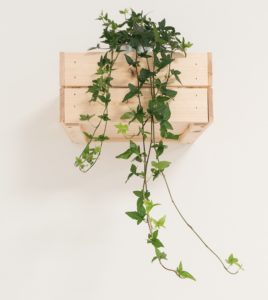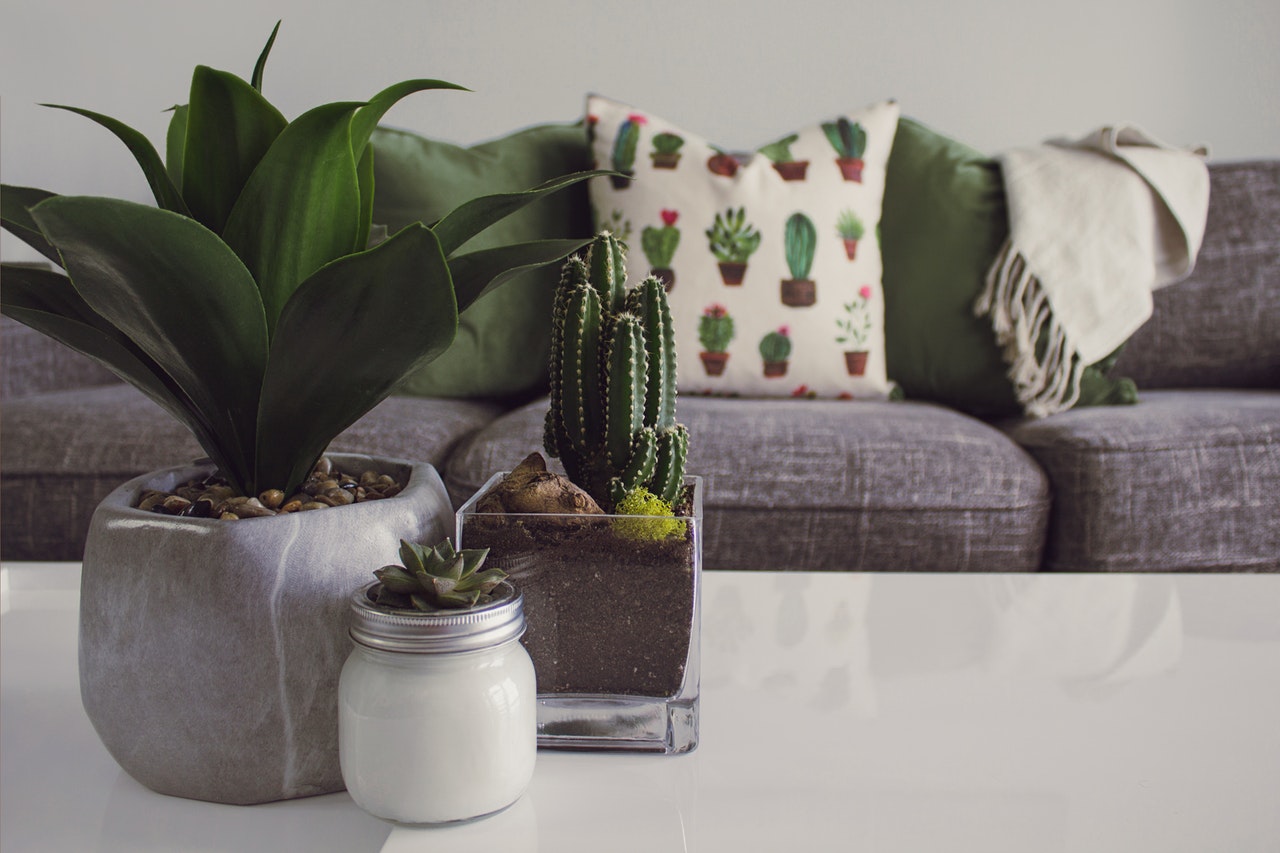 The honeymoon of buying your dream home in Western Colorado and moving across state lines can quickly come to an end once you realize just how much you have to move. Many soon-to-be movers go through a purging process, getting rid of the stuff you don’t need. However, there are some belongings that you just can’t part with. One of the most commonly overlooked items during the chaos of moving is your household plants. Your household plants can symbolize an important memory or a special life event. Often times they can signify the joy of a wedding, the sorrow of a death, or the birth of a child.
The honeymoon of buying your dream home in Western Colorado and moving across state lines can quickly come to an end once you realize just how much you have to move. Many soon-to-be movers go through a purging process, getting rid of the stuff you don’t need. However, there are some belongings that you just can’t part with. One of the most commonly overlooked items during the chaos of moving is your household plants. Your household plants can symbolize an important memory or a special life event. Often times they can signify the joy of a wedding, the sorrow of a death, or the birth of a child.
Moving plants can be tricky business. These living organisms need soil, water, and a certain amount of sunlight. They can also be a bit moody when it comes to transportation. Any sudden temperature or environmental changes may cause the plant to go into shock. So how can you safely move your green-leafed botanics to your new home? Read below to find some helpful hints for moving your household plants.
Prior to Moving
 Let’s face it, packing your belongings in a moving van can be a lot like playing Tetris. Unfortunately, due to the fragile nature of greenery, you can’t shove it on top of your grandmother’s antique hutch. Space is an issue when moving, especially when plants are involved. For this reason, you should prune and trim you plant about two weeks before you move. If you wait until the day before, you may send your plant into a state a shock, killing it before it arrives at your new home. Finally, water your plant thoroughly two days before you set sail across the state line. Watering the day of the move can leave a soggy mess inside your vehicle.
Let’s face it, packing your belongings in a moving van can be a lot like playing Tetris. Unfortunately, due to the fragile nature of greenery, you can’t shove it on top of your grandmother’s antique hutch. Space is an issue when moving, especially when plants are involved. For this reason, you should prune and trim you plant about two weeks before you move. If you wait until the day before, you may send your plant into a state a shock, killing it before it arrives at your new home. Finally, water your plant thoroughly two days before you set sail across the state line. Watering the day of the move can leave a soggy mess inside your vehicle.
During the Move
 If you can remember this bit of wisdom, then your household plants will be just fine—”Last to load, first to unpack.” Save your precious greenery for the last piece of the moving puzzle. If you place your household plants in the vehicle first, you risk breaking the container or wilting the leaves by overheating. By placing your plants in the moving vehicle last, you’ll know they will be the first to be unpacked. If you have space, use an open lidded box to place the container in. This will help protect the plant and make it easier for transporting it to-and-fro your moving vehicle. If you are placing your indoor plants in your vehicle, place a thin sheet over them. The direct sunlight through your car window can actually sunburn your plants. Also, try to keep the moving vehicle’s temperature stabilized. Extreme exposure to either cold or heat can impact your houseplants.
If you can remember this bit of wisdom, then your household plants will be just fine—”Last to load, first to unpack.” Save your precious greenery for the last piece of the moving puzzle. If you place your household plants in the vehicle first, you risk breaking the container or wilting the leaves by overheating. By placing your plants in the moving vehicle last, you’ll know they will be the first to be unpacked. If you have space, use an open lidded box to place the container in. This will help protect the plant and make it easier for transporting it to-and-fro your moving vehicle. If you are placing your indoor plants in your vehicle, place a thin sheet over them. The direct sunlight through your car window can actually sunburn your plants. Also, try to keep the moving vehicle’s temperature stabilized. Extreme exposure to either cold or heat can impact your houseplants.
After the Move
 When you finally arrive at your new location, immediately remove your plants from your vehicle. Tuck them in a shady room while you unload your other belongings. Moving creates a lot of strain on your plants, so it’s important to move them as little as possible in your new home. Once you have your house staged, be very selective about the final placement of your plants. Give your houseplants a boost by using your favorite fertilizer. Then, be patient. Your plants will need to become acclimated to your new home and lighting, so it may take a while for them to bounce back.
When you finally arrive at your new location, immediately remove your plants from your vehicle. Tuck them in a shady room while you unload your other belongings. Moving creates a lot of strain on your plants, so it’s important to move them as little as possible in your new home. Once you have your house staged, be very selective about the final placement of your plants. Give your houseplants a boost by using your favorite fertilizer. Then, be patient. Your plants will need to become acclimated to your new home and lighting, so it may take a while for them to bounce back.
Indoor plants are more than just decoration. Plenty of studies show that their presence can de-stress your life, while also purifying the air in your home. More importantly, household plants can have a deeper connection with a family member or a special occasion. When you’re making plans for your next move, don’t ditch the plants. When you’re all settled in, you’ll be happy that you brought them along.


